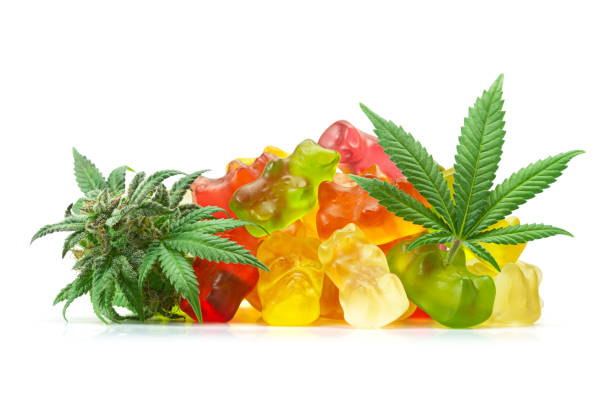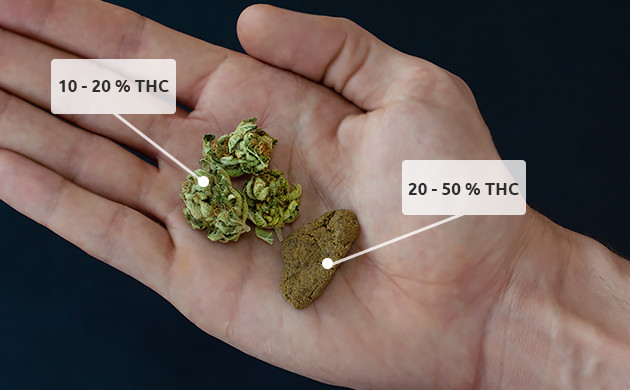
Neuroplasticity and Cannabis: How THC May Rewire Learning Pathways
The human brain is not a static organ. It has the remarkable ability to adapt, reorganize, and form new connections
FREE SHIPPING ON ORDERS OVER $99 | 10 points = $1
Understanding the Two Worlds of Medicinal Mushrooms
Not all mushrooms are created equal—especially when it comes to how they affect your brain and body. In the wellness world, there’s often confusion between psychedelic mushrooms (which alter perception) and non-psychoactive, functional mushrooms (which support health without changing your state of consciousness).
Let’s break down the key differences so you can confidently navigate both sides of the mushroom spectrum.
Also known as: Magic mushrooms, psilocybin mushrooms, shrooms
Main compound: Psilocybin → converts to psilocin in the brain
Effect: Alters perception, mood, sensory experience, and sense of self
Psilocybin binds to serotonin receptors (5-HT2A) in the brain, disrupting default brain networks and enhancing connectivity between regions. This can create:
Also known as: Medicinal mushrooms, adaptogenic mushrooms
Examples: Lion’s Mane, Reishi, Cordyceps, Chaga, Turkey Tail
Effect: No high—supports energy, focus, immunity, and stress resilience
Functional mushrooms contain bioactive compounds like:
They nourish and balance your systems over time—not instantly or dramatically.
| Feature | Psychedelic Mushrooms | Non-Psychoactive Mushrooms |
| Primary compound | Psilocybin | Beta-glucans, triterpenes, etc. |
| Effect on mind | Alters perception & mood | Supports balance without a high |
| Consciousness shift? | Yes | No |
| Use case | Therapy, introspection | Daily wellness, focus, immunity |
| Legal status | Mostly restricted | Widely legal and accessible |
| Examples | Psilocybe cubensis | Lion’s Mane, Reishi, Chaga |
In certain therapeutic settings (under guidance), functional mushrooms may be used to support recovery or integration after psychedelic experiences. For example:
However, you should never mix substances without expert support.
Both psychedelic and non-psychoactive mushrooms offer powerful, yet very different benefits. One opens the door to altered states and deep healing journeys, while the other supports your everyday resilience and vitality.
Understanding the difference empowers you to choose what’s right for your body, your goals, and your wellness path

The human brain is not a static organ. It has the remarkable ability to adapt, reorganize, and form new connections

In our fast-paced world, many people accumulate what’s known as sleep debt—a deficit that builds when you consistently sleep fewer